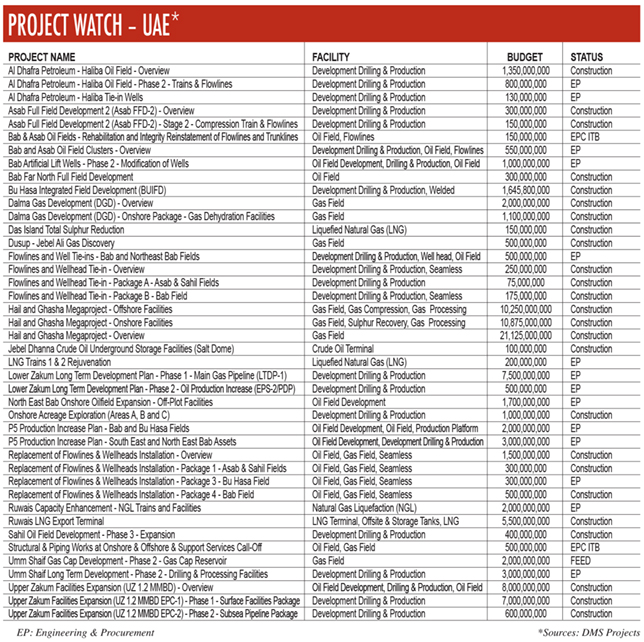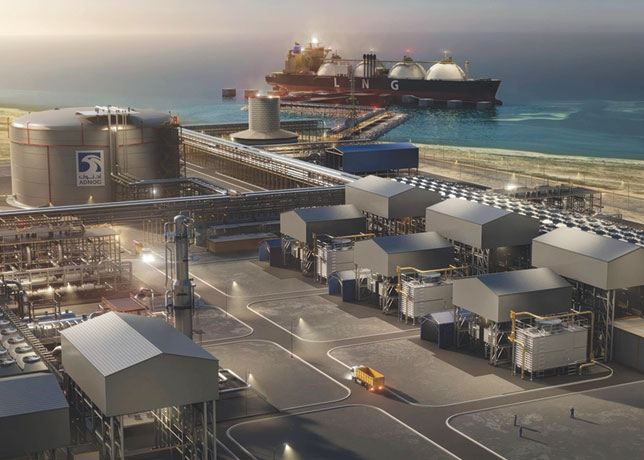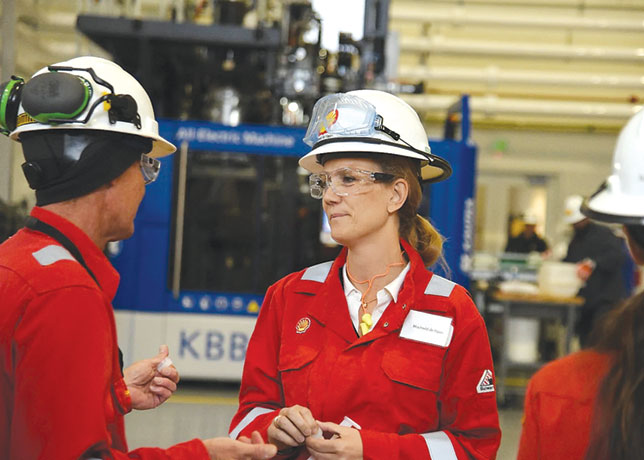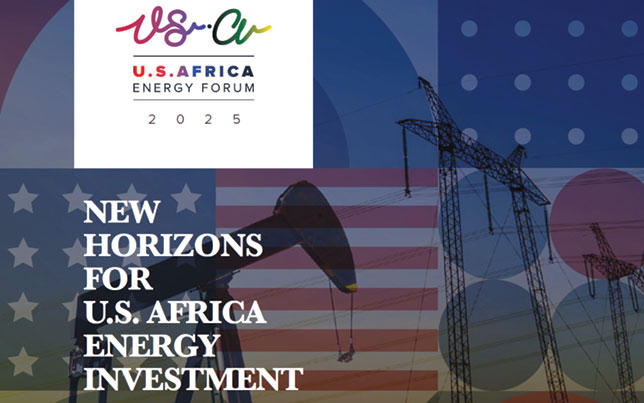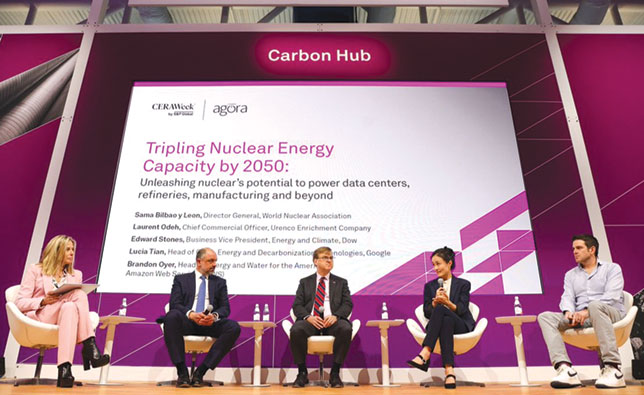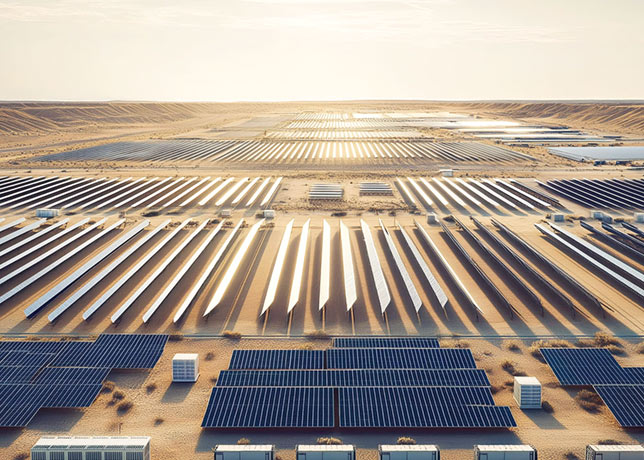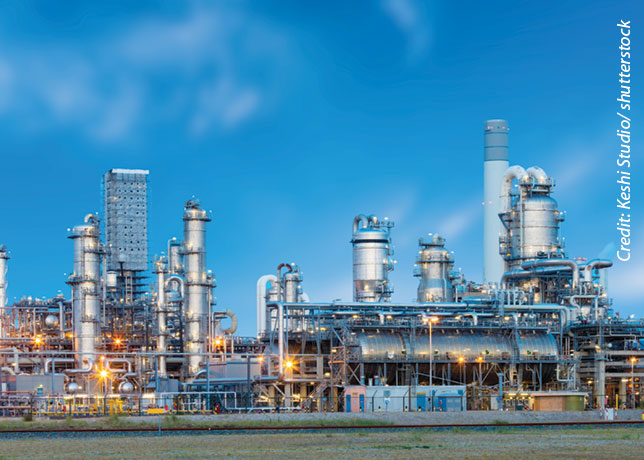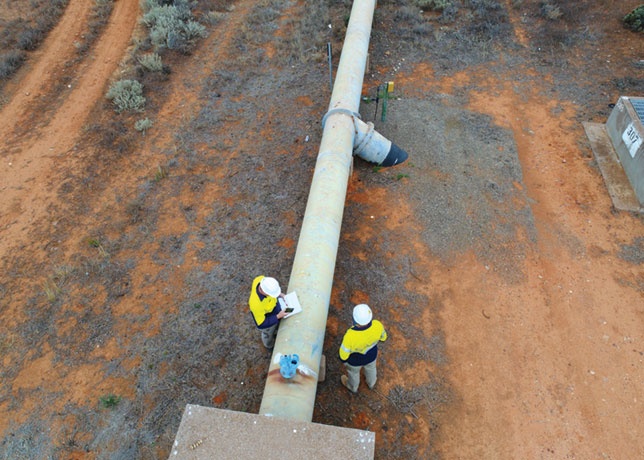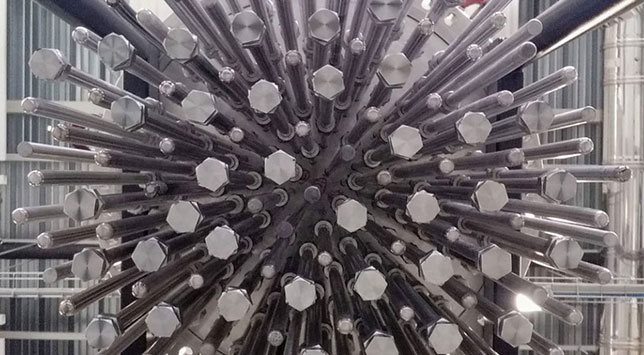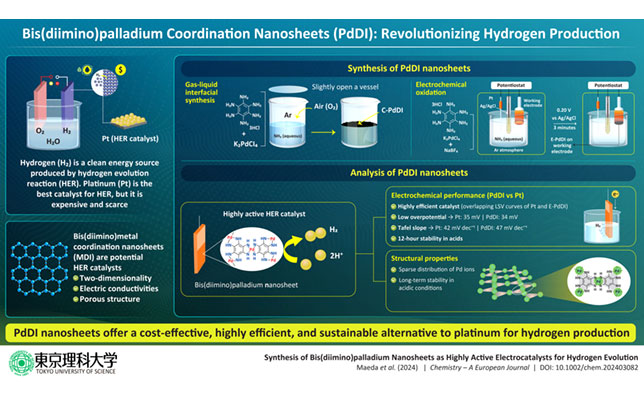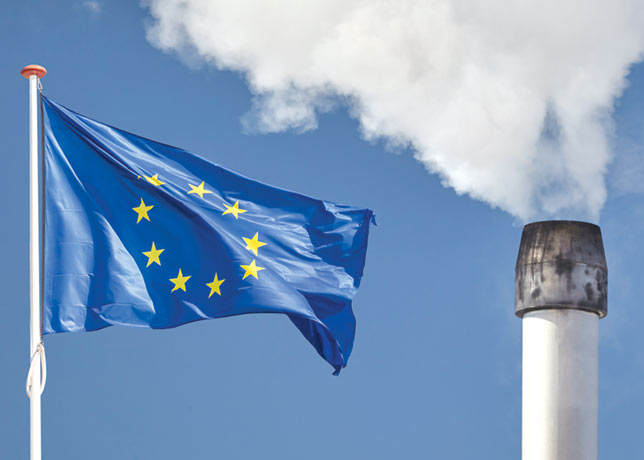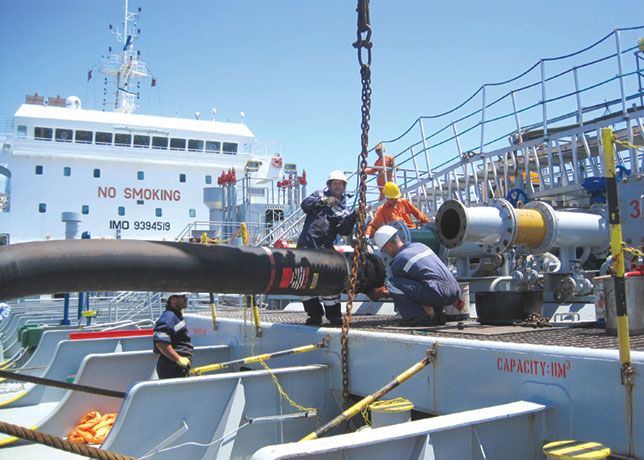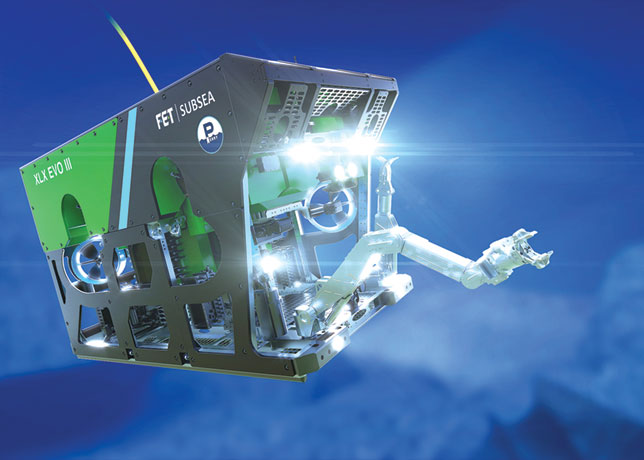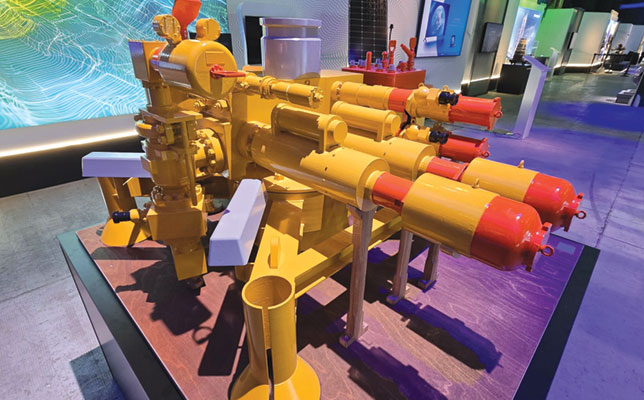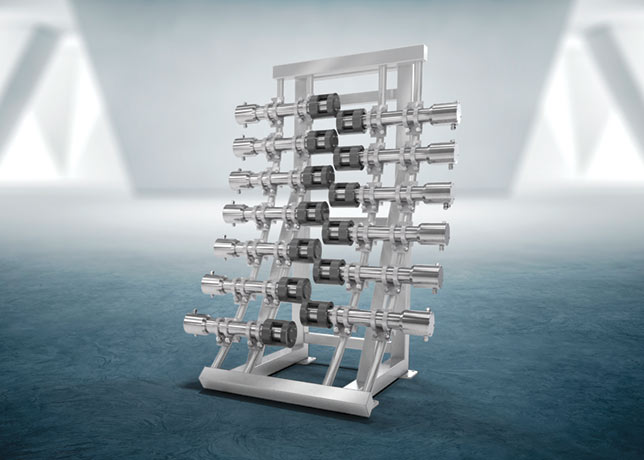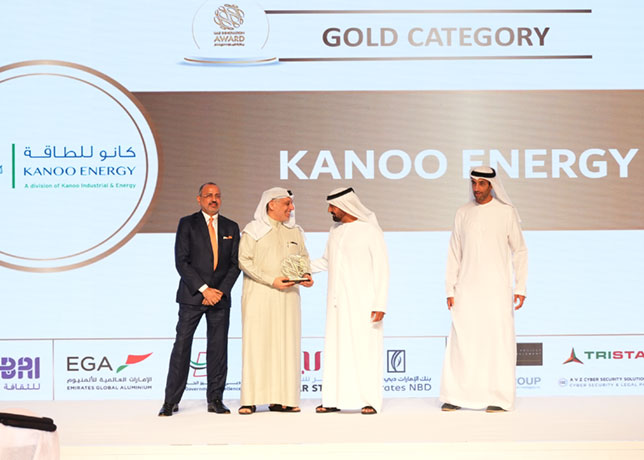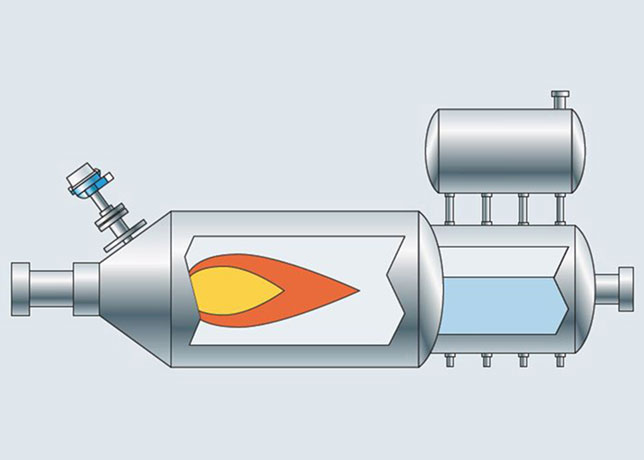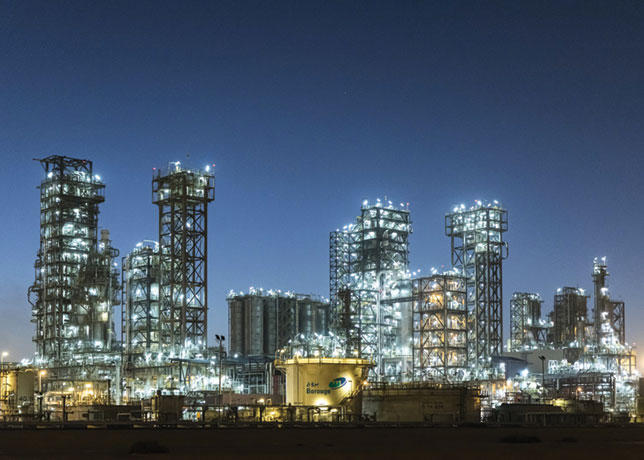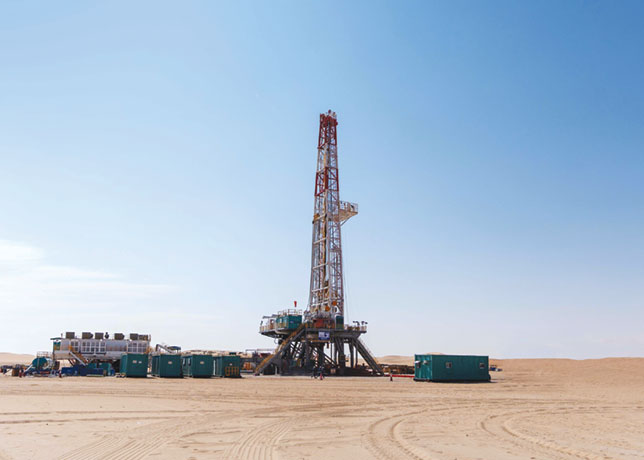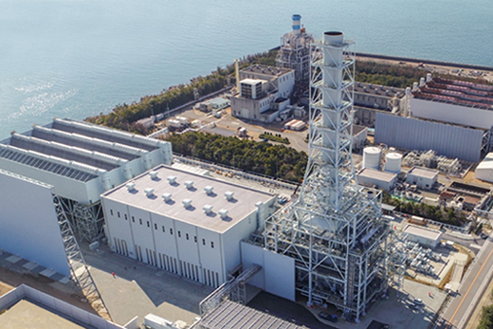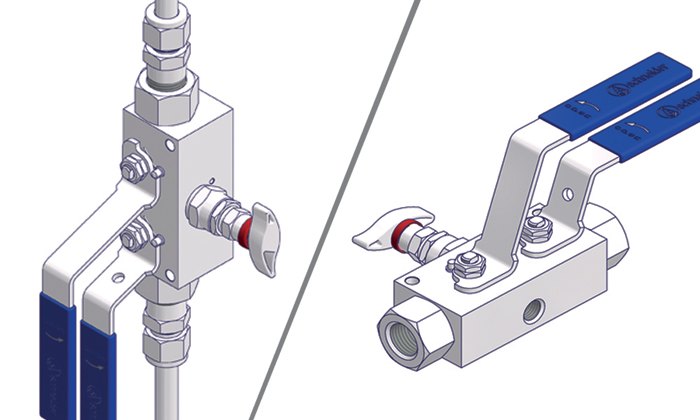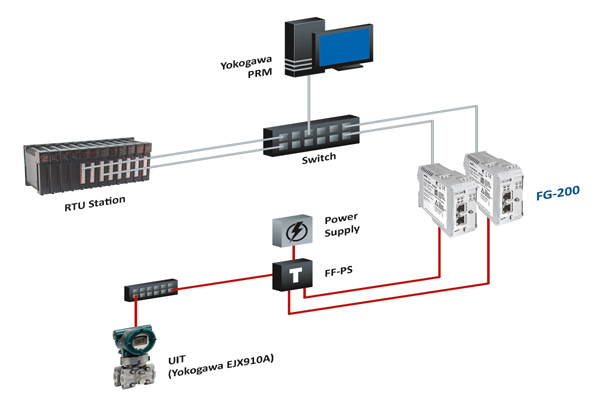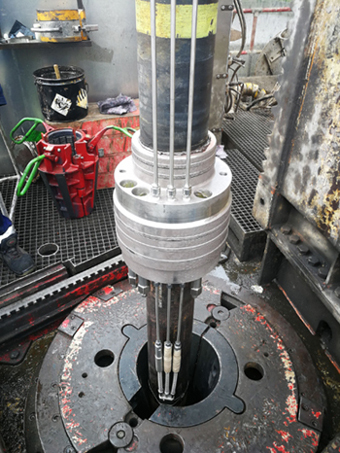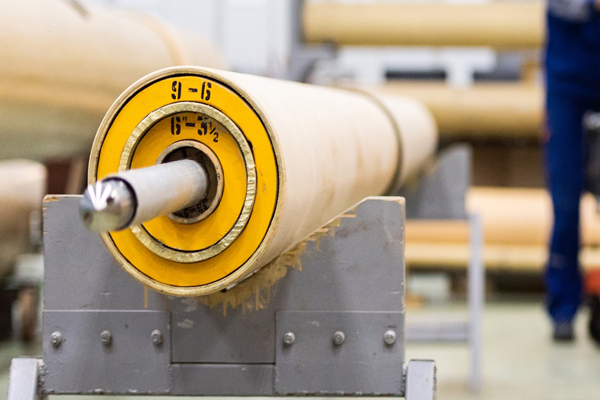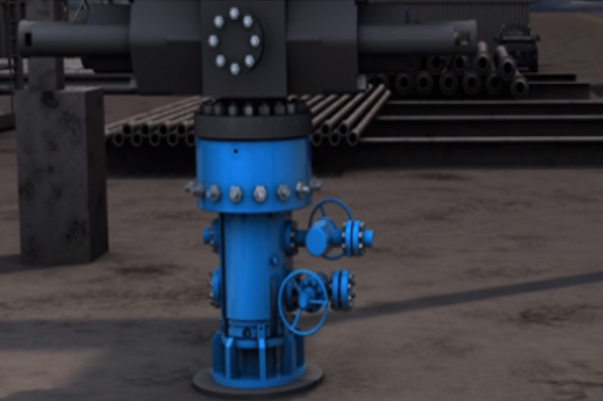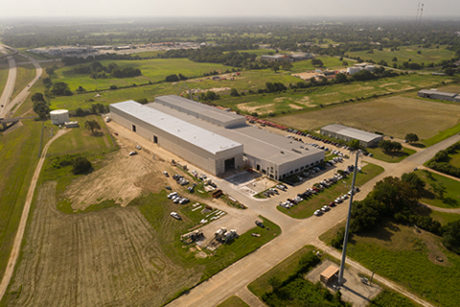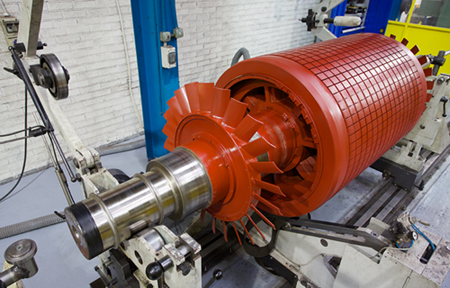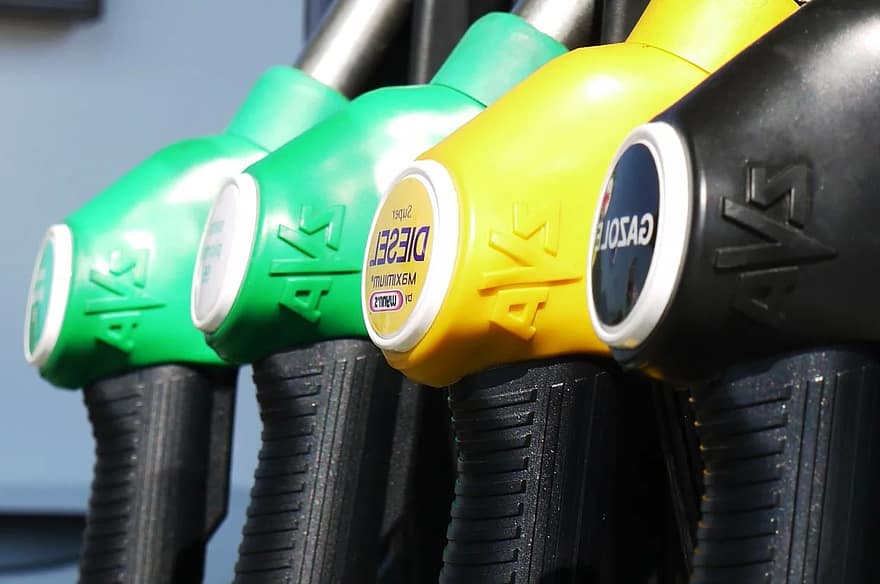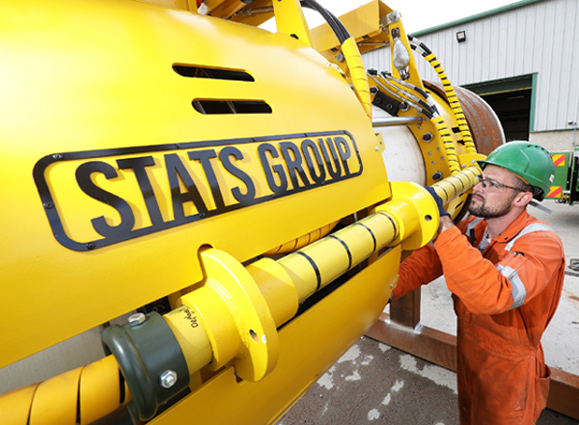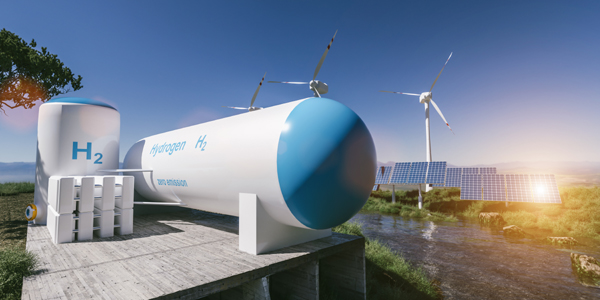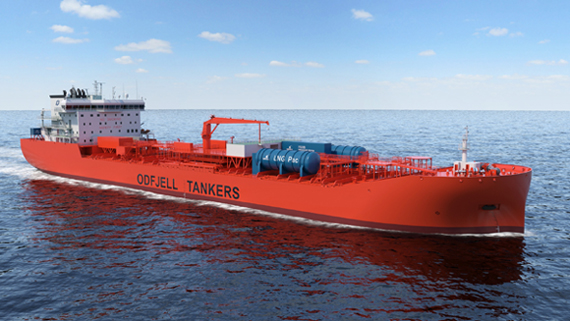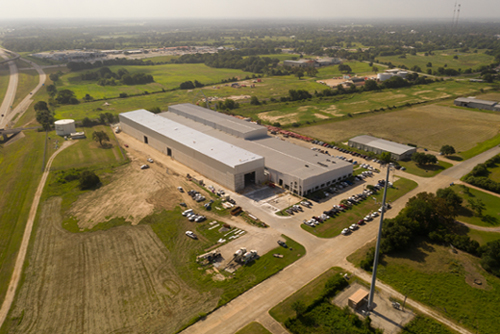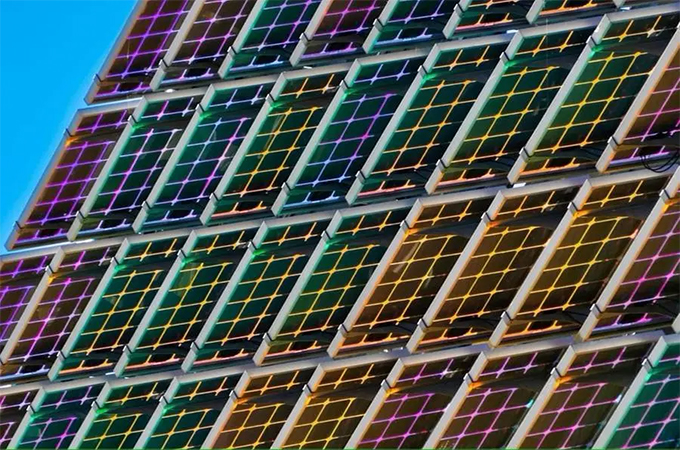
The global market for electric vehicles, electrolysers, heat pumps, solar photovoltaic (PV), and wind turbines is projected to nearly triple to reach $2.1 trillion by 2035, according to the International Renewable Energy Agency (IRENA).
In its World Energy Transitions Outlook 2024, IRENA emphasised that carbon dioxide removal is one of the most dynamic sectors of the past decade, with the number of startups in the field increasing sevenfold. More than 140 companies are now developing carbon removal solutions, reported WAM.
Around 30 carbon capture and storage facilities are currently operational across Europe, North America, Japan and the Middle East. However, most of these are small-scale plants, with only five facilities capturing over 1,000 tonnes of carbon dioxide per year. Their combined capture capacity exceeds 17,000 tonnes annually, although commercial agreements for carbon sales or storage remain limited.
The agency highlighted a prominent example from the UAE: the project by Adoc and 44.01 in Fujairah, which converts captured carbon dioxide into rock. The venture successfully stored 10 tonnes of carbon dioxide in 2024 in under 100 days, making it one of the leading global innovations in energy technology.
IRENA noted that public spending on energy research and development continues to rise, with global investment reaching $50 billion in 2023 — a five percent increase over 2022. Further growth is expected in 2024 and subsequent years.
Preliminary estimates for 2024 indicate slower year-on-year growth in public energy R&D spending in the United States and Canada. In contrast, Japan and Norway are experiencing the largest increases.
Japan's Green Transformation initiative is driving competitiveness in battery technologies, while Norway is significantly boosting funding for renewable energy and hydrogen R&D.
The report also underlined the strong role of the private sector in advancing energy innovation. Corporate R&D spending in energy has grown at three times the pace of the GDP of IRENA member countries. Automotive companies are leading the charge, with 13 out of the top 20 firms by energy technology R&D budget coming from the vehicle manufacturing sector.



